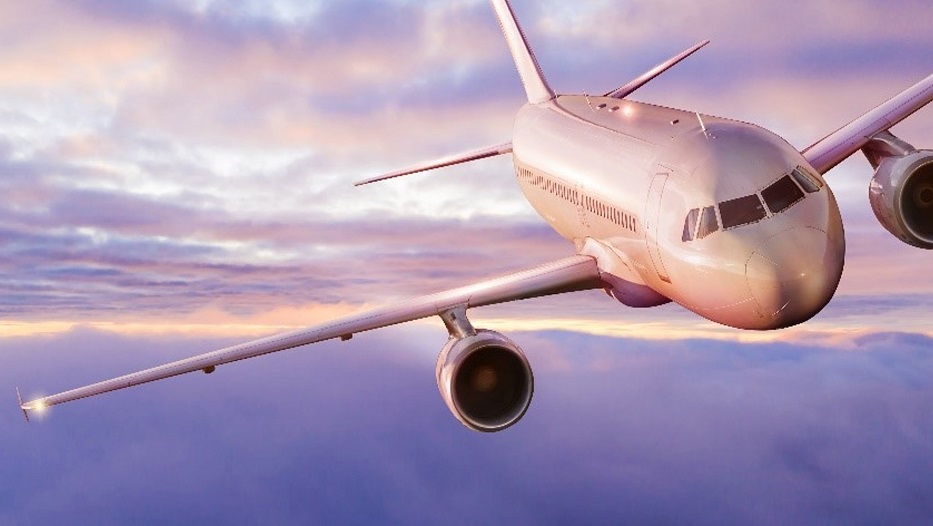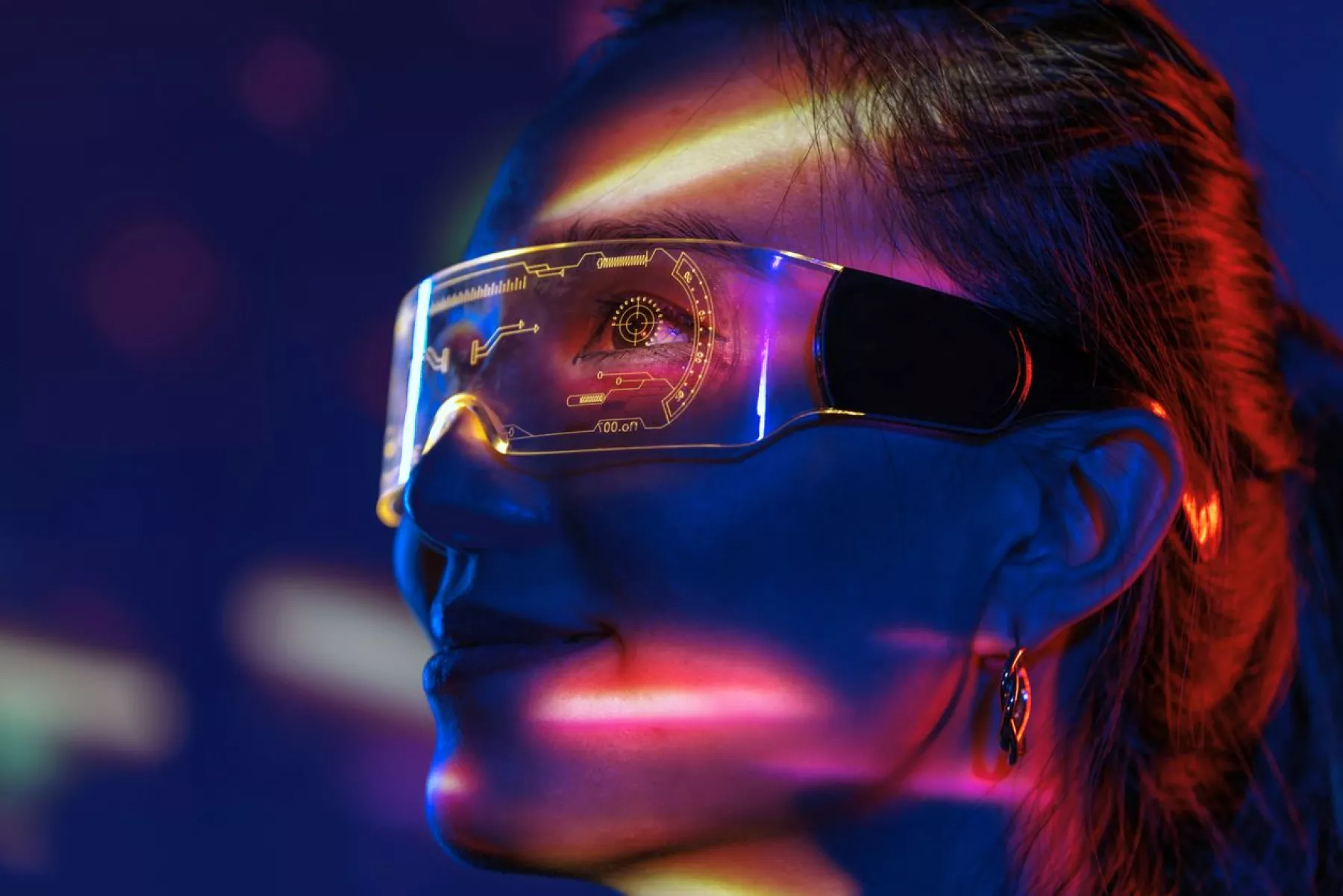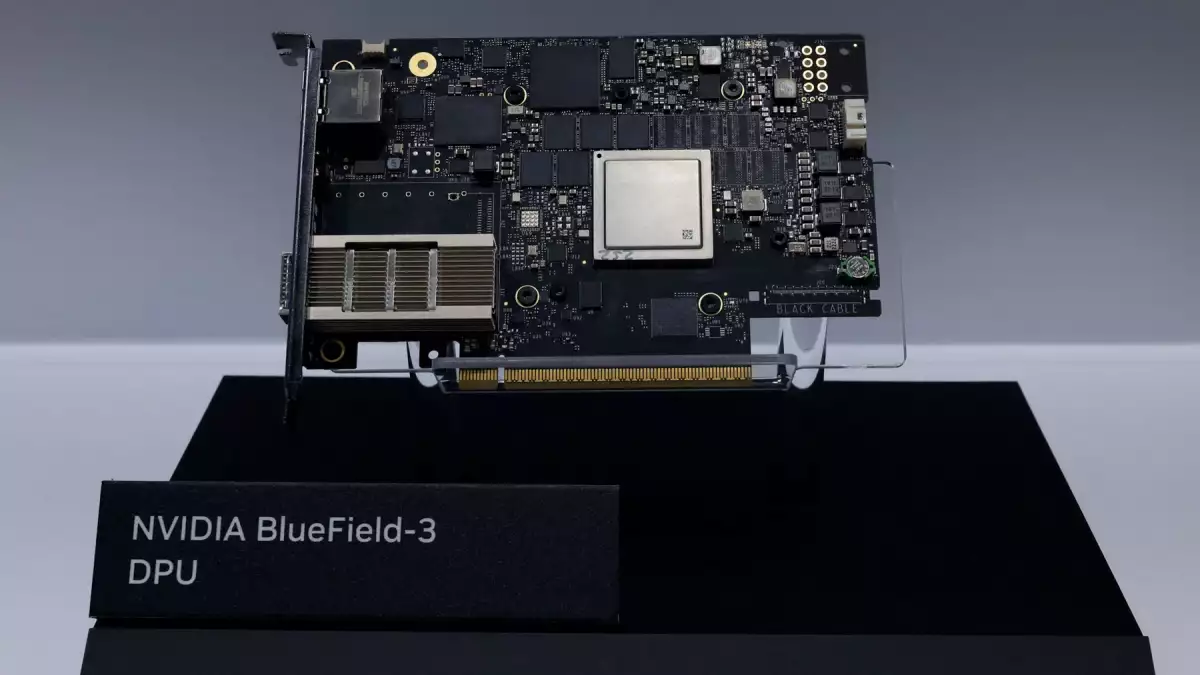
Aeronautical technology for more efficient aircraft
To meet these challenges, current research is focused on technological application in the design and manufacture of aircraft, the implementation of new materials, digitalization, the development of generation technologies and the storage and management of energy, together with its integration into the structure.
In a pre-COVID scenario, the outlook for the commercial aviation market for the coming years was, according to the latest Airbus Global Market Forecast, a 4.3% annual increase in air traffic in the period 2019-2038, rising from around 23,000 aircraft today to 47,680, of which 39,210 would be new. In addition, air cargo traffic would grow by 3.6% per year until 2038, doubling current levels, which would require around 2,800 freighters, compared to the current 1,800. All this would require updating fleets with latest-generation aircraft, made possible by technological advances that allow us to approach the goal of zero emissions through more efficient propulsion systems and lighter and electric aircraft.
With the outbreak of the pandemic, these estimates have changed significantly, as highlighted in the report “COVID-19. Outlook for air transport over the next 5 years” by the International Air Transport Association (IATA). Air travel will recover at a slower pace than most of the economy, and will not return to the international traffic levels of 2019 until 2023. A 10% drop in growth forecasts is expected around 2025, which may lead to changes in aircraft refurbishment projects.
Aeronautical development is currently focusing on three aspects, as Vicente Gómez, Secretary General of the Spanish Aerospace Technology Platform (PAE), comments:
– Environmental efficiency : drastic reduction of emissions (aviation is currently responsible for 2% of total CO2 emissions). Work is underway to reduce net carbon emissions from aviation by 2050 to half of what they were in 2005.
– Energy efficiency : reduction of consumption, the main factor in the operating costs of aircraft.
– Price competitiveness without sacrificing safety: so that aviation remains the safest means of transport.
“There are many lines of work to meet these objectives and one of them is to design and manufacture aerodynamically more efficient aircraft, reducing aerodynamic drag to increase energy efficiency,” says Gómez, who, among the ideas in development that are being investigated to achieve this, highlights technologies that allow the optimization of trajectories or the one that tries to achieve a laminar aerodynamic flow around the aircraft. “There are various projects in this direction in Europe, and some of them are already undergoing flight tests, such as the Airbus project, in which the external sections of the wing of a commercial aircraft have been replaced by new ones capable of reducing aerodynamic drag by 50% and saving 5% of CO2, and in which the Spanish industry has had a relevant participation (the structure of the new laminar wing has been developed and manufactured in Spain by Aernnova).”
Aeronautical digitalization
In order to achieve aerodynamically more efficient aircraft, research is also focusing on the materials used. In this line, one of the main advances in recent years has been carbon fibre reinforced plastic, which is a clear example of high-tech development in the aerospace sector that has then been transferred to other sectors. “Spain has been a world pioneer in this development,” says Gómez, for whom the current challenge is to reduce the manufacturing costs of carbon fibre elements and to provide structures made from these materials with more functions than just structural ones. This is what is known as multifunctionality (sensorisation, damping, damage tolerance, electromagnetic properties, corrosion or improved adhesion or fatigue behaviour). “An example would be the integration of wiring into structures or the tuning of the thermal or electrical properties of structural elements to improve certain properties such as conductivity; in this integration, nanotechnology plays an important role. In addition, technologies are being developed that allow for an increase in production rates and a reduction in waste material," he says.
In any case, there are currently multiple technological solutions being developed in the aeronautical industry, from those that opt for drastic changes in the configuration of aircraft and their propulsion systems (electric or hybrid propulsion systems or non-polluting fuels such as hydrogen) to those that are introducing more incremental changes seeking to reduce cumulative emissions to meet decarbonisation objectives (increasing the efficiency of turbines to reduce consumption or reducing the weight of aircraft in all their elements) or the use of sustainable fuels. “In addition to this trend towards reducing emissions, the aeronautical industry is strongly involved in increasing competitiveness throughout the life cycle of aircraft without compromising safety,” says Vicente Gómez, who believes that, to achieve this, digitalisation from the design of all processes and services is a fundamental element.
Aviation is the safest means of transport that exists today and, to continue being so in the future, the design of the aircraft must continue to develop both operational safety (that the planes do not fail in their operation) and physical safety (that air transport is capable of facing any “attack” that tries to violate the safety of the flight and its users). PAE proposes very diverse lines of action, ranging from studies of man-machine interaction for shared decision-making to cybersecurity throughout the entire aviation value chain (the development of increasingly digitalized aircraft or flight control or air traffic control), including the use of Big Data to monitor behavior in airports and airplanes and identify possible threats. “Aeronautical technology in the future will be fundamentally based on sustainability, profitability, versatility, enhancement of services and digitalization. It will require advanced production means to be prepared for production rates never seen before,” predicts the expert.
Hence, currently most international projects are following clear lines of research:
• To develop flight autonomy and trajectory optimization: from reducing pilot load, single-pilot operation, to remotely piloted vehicles.
• Oriented towards decarbonisation, from electric aircraft to hybrids or those using zero-emission fuels.
• Use of advanced materials to reduce weight and improve performance, without forgetting new production processes such as 3D printing or additive manufacturing.
• Digitization of design, manufacturing and services.
Leave a comment:


Tranding News










